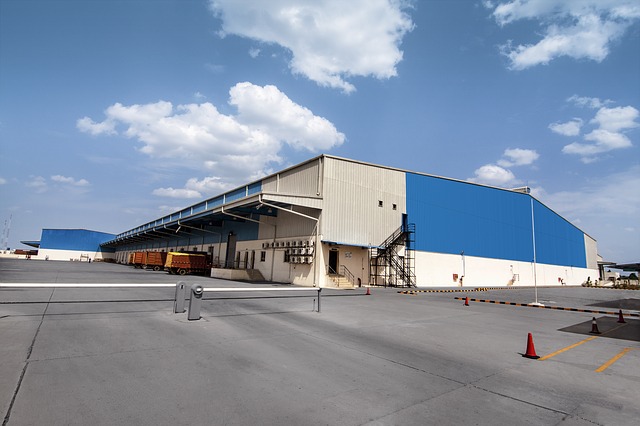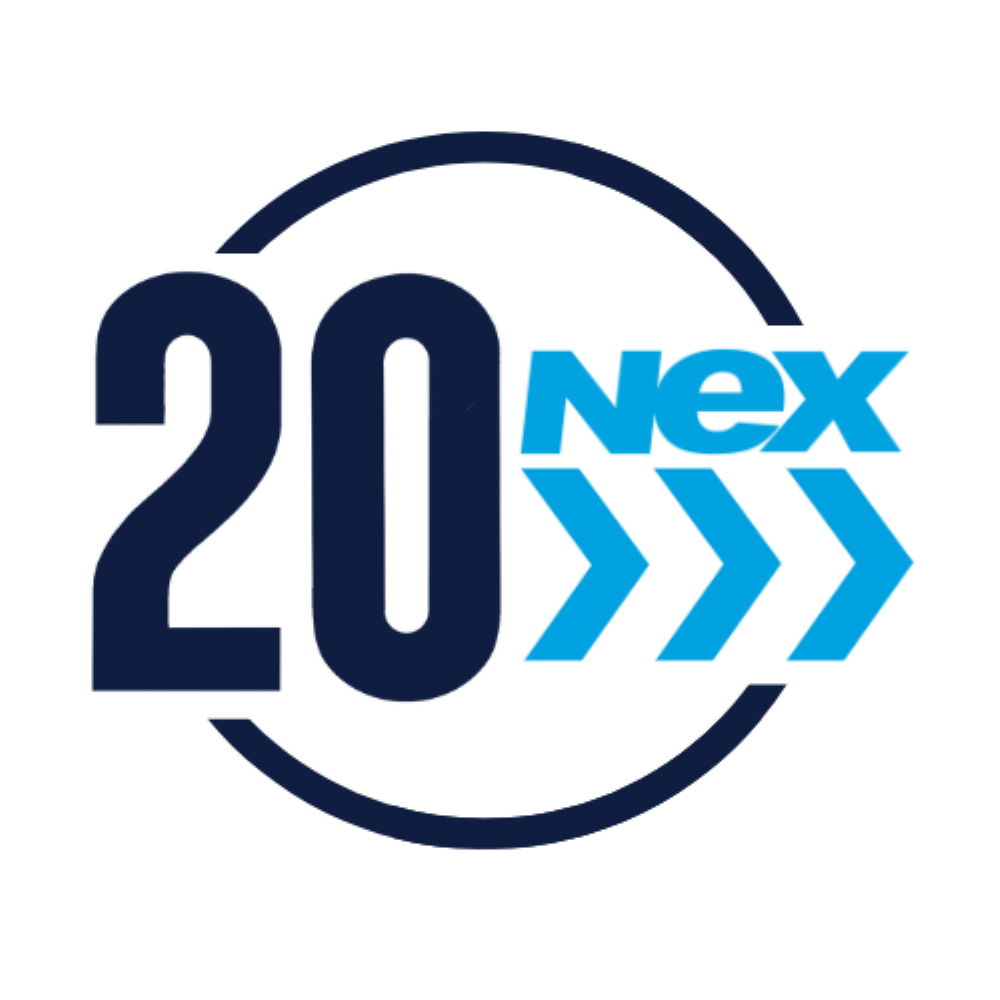
Before you even purchase your loading dock equipment you have to ensure it’s going to support your needs and be properly installed as per the manufacturer’s guidelines. Keeping dock levelers functioning well through to the life expectancy largely depends on initially considering the specific load capacities you have, number of shifts & trucks per day, type of material handling equipment you use and other specific application details.
Familiarity is Key
From the initial installation of your loading dock equipment, take note of important details and precautions laid out by the user manual and manufacturer guidelines. This includes product features, controls, maintenance schedule, troubleshooting reference, and specific warranty information. Make sure that each operator is familiar with the equipment details and guidelines to promote safety and to prolong the lifespan.
Familiarity is especially crucial for the deck and lip operation. Knowing the standard operation and normal movement, as well as sound of the leveler will make spotting issues easier. Make sure to keep the areas around the operating-range of the leveler clear of materials/products, as well as keeping debris out of the lip-hinge, rear hinges and curb-angle areas.
When operating the equipment, always maintain a safe distance from all side edges, refrain from using the dock leveling equipment if the height of the truck or distances do not match the specifications for proper contact-points with the leveler.
All moving components require proper lubrication to prevent rusting, seizing and friction fatigue.
Scheduled Preventative Maintenance and Safety Inspections are important to keep your equipment working as required and prevent small issues from becoming a large repairs or causing a complete breakdown.
The undercarriage or support structure needs to be inspected for fatigue, cracks or warping, as does the mechanical and hydraulic system to identify worn components, leaks, or issues with the hold down assembly, cylinders, or the pump system.
Safety First
Do not attempt to inspect, troubleshoot or repair loading dock equipment without proper training and personal protective equipment.
To start, keep the area free from foreign objects that can cause accidents around the area. Only attempt to inspect under the deck if qualified to do so. The safety-stand must be inspected for damage or fatigue before using, and then used to secure the deck in the upright position before attempting to go under the deck.
Safety pylons, signage and/or flags should be placed around the dock leveler area to inform others to keep clear.
Any and all changes, adjustment or repairs must be done as per the manufacturer’s guidelines and recommendations to ensure proper operation and to prevent injury.







